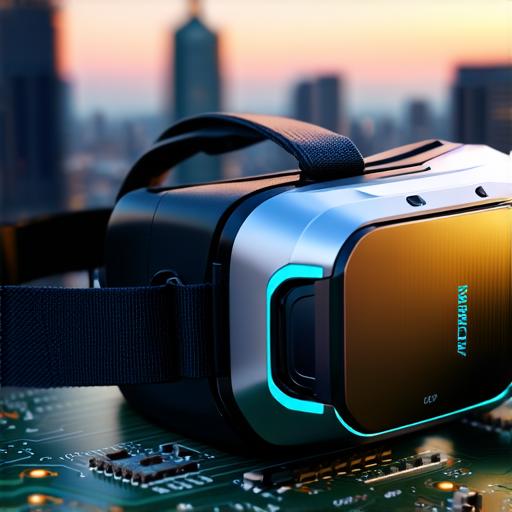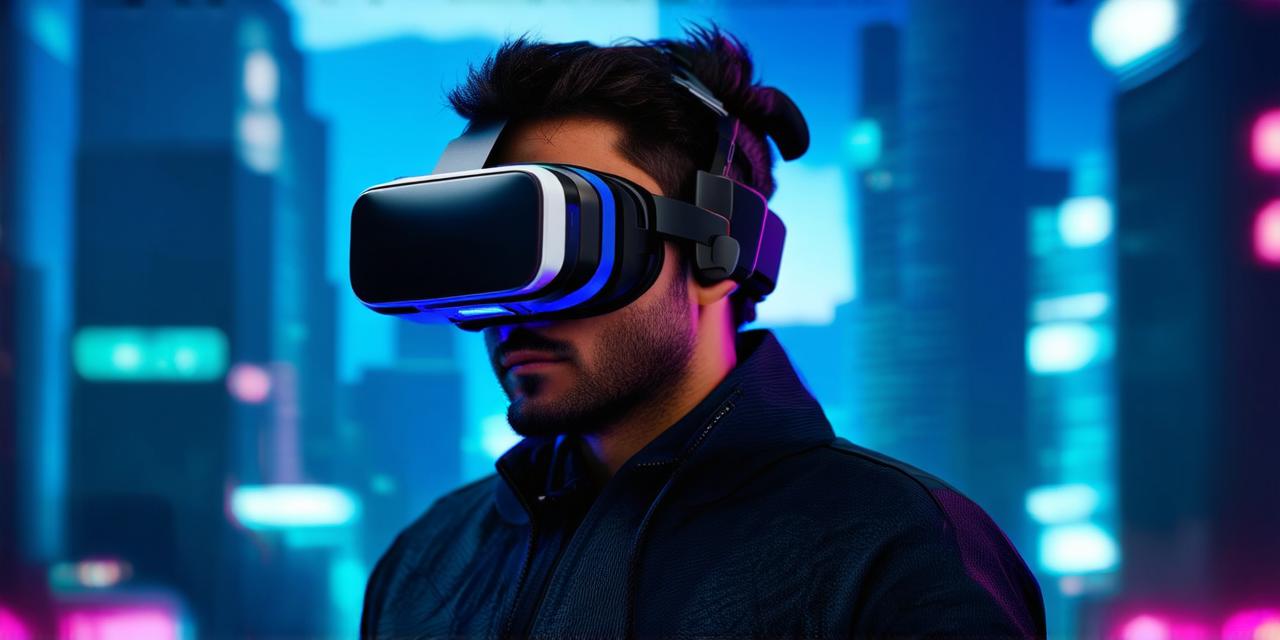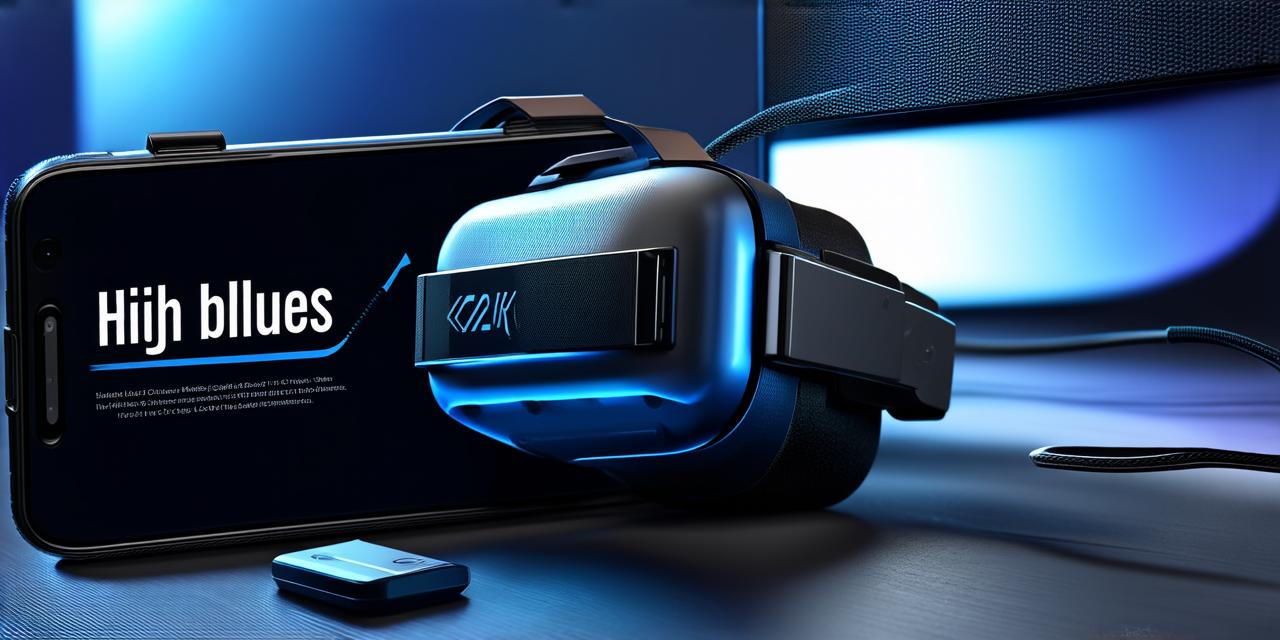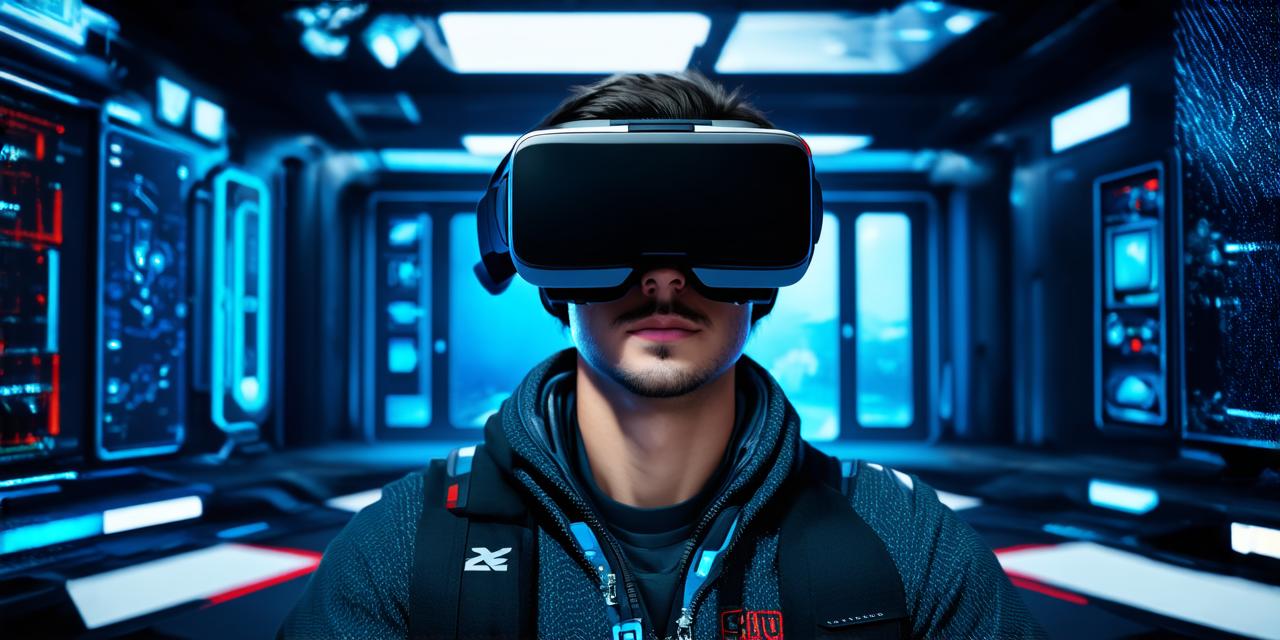Virtual reality (VR) technology has revolutionized the way we experience and interact with digital media. At the heart of VR is the virtual reality headset, a device that allows users to enter and explore a computer-generated world.
What is a Virtual Reality Headset?
A virtual reality headset is a wearable device that creates an immersive experience for the user by projecting stereoscopic displays onto two screens, one for each eye. This creates a 3D image that appears to be in front of the user and surrounds them, giving the impression of being inside a digital world.
The headset is typically worn on the head using a headband or other fitting device, and may also include additional sensors such as accelerometers and gyroscopes to track the user’s movements. This allows the VR system to adjust the image in real-time, providing a more realistic and engaging experience.
Types of Virtual Reality Headsets
There are several different types of virtual reality headsets available on the market, each with its own strengths and weaknesses. The most common types include:

- Wired VR headsets: These headsets require a physical connection to a computer or gaming console via a USB cable. They typically offer high-quality graphics and tracking, but can be limiting in terms of mobility. Examples include the Oculus Rift and HTC Vive.
- Wireless VR headsets: These headsets use wireless technology to connect to a device, such as a smartphone or gaming console. They offer greater mobility and flexibility, but may sacrifice some quality in terms of graphics and tracking. Examples include the Samsung Gear VR and Google Daydream.
- Standalone VR headsets: These headsets are completely self-contained and do not require any external devices to function. They offer a high level of mobility and flexibility, but may have limited graphics capabilities. Examples include the Oculus Quest 2 and HTC Vive Pro Eye.
How Virtual Reality Headsets Work
Virtual reality headsets work by projecting stereoscopic displays onto two screens, one for each eye. These displays use advanced computer algorithms to create a 3D image that appears to be in front of the user and surrounds them. The headset’s sensors track the user’s movements, allowing the VR system to adjust the image in real-time and provide a more realistic and engaging experience.
The virtual reality headset also uses advanced audio technology to create a fully immersive experience for the user. Headphones or speakers are worn by the user to provide spatial audio that enhances the sense of presence and realism within the digital world.
Conclusion
Virtual reality headsets are at the heart of the VR revolution, providing users with an immersive and engaging experience unlike any other form of media. With ongoing advancements in technology, virtual reality headsets are likely to become even more powerful and accessible in the future. Whether you’re a gamer, designer, or simply looking for a new way to experience digital media, a virtual reality headset is definitely worth considering.



